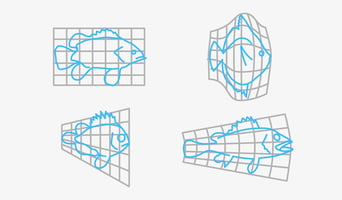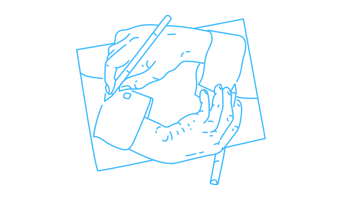
One key purpose of Management Kits is to empower managers to set up and run collaborative change-the-business work improving organizational effectiveness and efficiency. In addition to matters of analysis and design, this requires involving the right people for the right activities at the right time. In this post, we will discuss one specific user question as an example of how to get this right in an organizational restructuring project.
In order to come up with a stringent and functional structure, we have designed a framework and working tools in an order that allows users to
-
create clarity around principles, goals, and scope of the (re)design work before
-
moving to analyze strategic activities
-
come up with unit structure options
-
design for linking and cooperation, and
-
getting the hierarchy right
See the free preview of the Organizational Structure Kit for details on the above.
All of this work, in principle, can be run in desktop working mode and can then be brought to decision makers for sign-off or modification. However, we have prepared process guides and workshop agendas to involve critical stakeholders along the way, and we therefore bake collaboration into the structure from the very start.
One particular aspect in setting up specific projects is the question of how and when to involve senior stakeholders.
For example, one of our users, a senior manager in marketing and sales, was working with the Organizational Structure Kit to redesign her function set up via executive team workshops to discuss a number of key design questions and make some key management decisions. However, with time being scarce and the organization evolving at a fast pace, she asked us this question:
“The organization I work with has a long tradition of giving responsibilities to managers. Accordingly, I want to go through the links and shape discussion with the managers a layer below the executive team. Does that make sense or what would be considerations?”
She essentially wanted to work on points 1-3 from the list above with the executive team and then work on points 4-5 with middle managers.
We used the senior manager’s free consultation session with us included in the Kit to discuss her case in more detail and determined – in short – that her approach is perfectly possible. One specific consideration about point 4 would be if there are specific links resulting from the unit grouping or unit grouping options that should be discussed on the executive team level. This might produce important guidance and priorities for the lower-level middle managers to consider when designing their linking processes.
For example, if there is a specific form of cross unit collaboration required to make cross-selling and up-selling possible, then the executive team may want to provide guidance on this issue in order to set the right focus immediately from the start. The guidance could single out processes that would have to run in an integrated, cross-organizational manner and set clear expectations with regard to collaboration between teams.
Running the process this way not only ensures that senior managers’ experiences are considered in the course of the work, but also that the executive team’s perspective is integrated into the design options.


